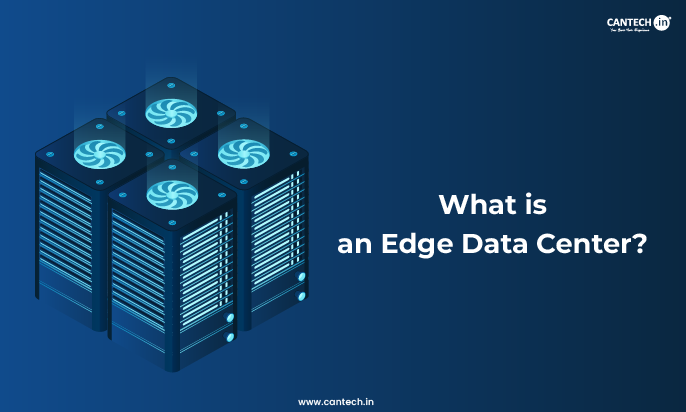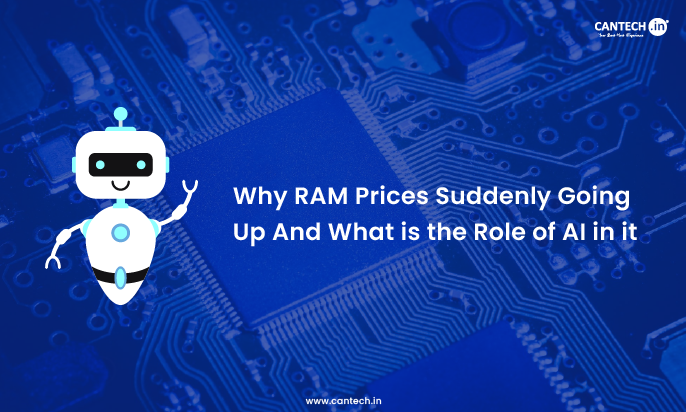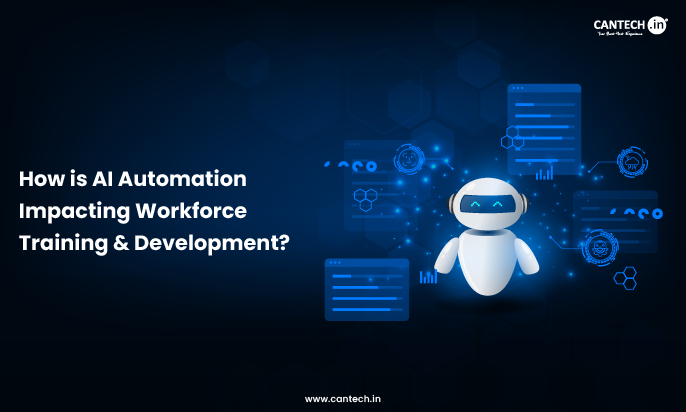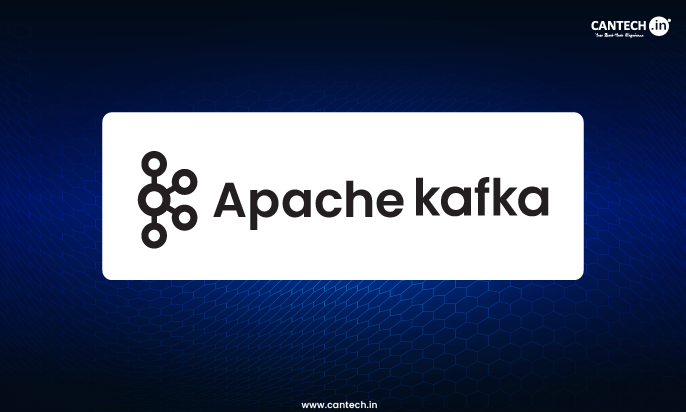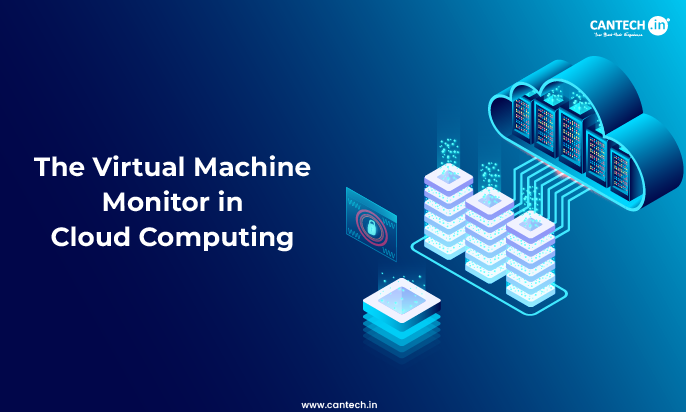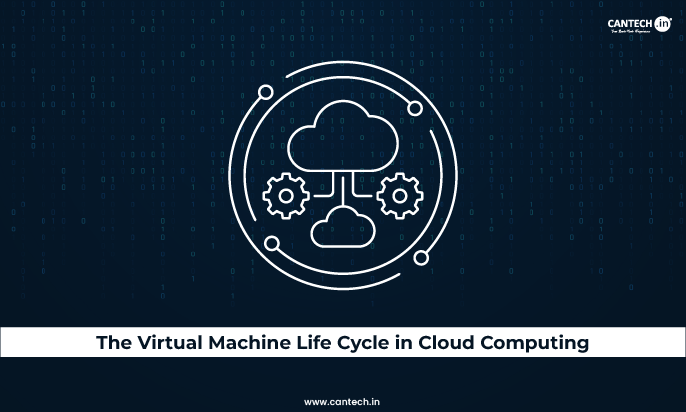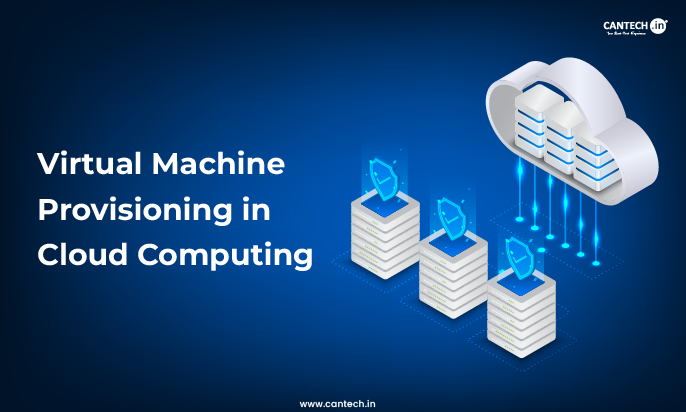Introduction
Edge data centers are powerful data hubs located close to users or devices. These are small-sized data centers that process and store data locally. Thus, they reduce the time it takes for information to travel back and forth from a central server. So, what is an edge data center? Well, it is a strategic setup designed for real-time processing of information near its origin.
Read on to know about the Edge Data Centers in detail.
Why Edge Data Centers Are Needed
Modern apps need to work instantly without any lag. Many industries now depend on edge data centers to keep their services running smoothly.
Low Latency Performance
Gamers and traders hate slow connections. Physical distance creates a delay in data transfer. These centers solve that problem by cutting the travel time. Thus, users get a faster response on their screens.
Bandwidth Savings
Moving massive amounts of data is very expensive. Local hubs process most of the information right there. This reduces the load on the main network cables, and companies save a lot of money on data transit.
Better Reliability
Central servers can sometimes crash or experience outages. Small local hubs keep the local internet working during such times. They provide a backup for critical local services. Your apps stay online even if the faraway server fails.
Edge Data Center vs Edge Computing
Many people get confused between the hardware and the process. So, ‘what is edge data center’ compared to the actual computing task?
This table explains the main differences between these two concepts.
| Feature | Edge Data Center | Edge Computing |
| Meaning | It is the physical building that holds the servers. | It is the process of handling data locally. |
| Nature | This is a concrete infrastructure or a container. | This is a digital method or a software action. |
| Goal | It provides a safe space for hardware. | It reduces the time for data processing. |
| Components | It has racks, power, and cooling systems. | It uses algorithms and software code. |
Edge Data Center Architecture Explained
Edge Data Center architecture is built on core infrastructure principles, Adopted to support decentralized deployments. Similar design concepts are applied in broader data center architecture.
Here are the main elements of edge data center architecture:
Proximity Design
Edge data centers are placed physically near the source of data, i.e. users, devices, cities, factories, retail shops, or telecom towers. This helps reduce latency.
Built-in Compute and Storage Units
These centers come with built-in servers, local storage, and networking gear that support processing tasks independently.
Integration with IoT and Sensors
Edge setups are designed to receive and process data from IoT devices and industrial controllers in real time.
Minimal Latency Routing
Edge data center architecture uses routing protocols that avoid long internet hops. This ensures a quicker response to commands and alerts.
Secure Data Flow
Local processing reduces exposure to wider internet networks. So, it adds a layer of security to sensitive operations.
Connection to Core Cloud or Central Sites
Only filtered or necessary data is forwarded to the central cloud system. So, it reduces bandwidth load and storage pressure on the main servers.
Remote Monitoring and Management
Many edge data centers support remote configuration, firmware updates, and health checks without needing physical presence.
Other Characteristics of Edge Data Centers
- Modular and scalable design allows businesses to expand their capacity as per demand.
- Support for Edge computing architecture and IoT, i.e. sensors, microcontrollers, and embedded systems.
- Built with power and cooling efficiency
- Managed by remote or local teams based on the business setup.
- Integration with micro and mobile units. Well, a micro edge data center may be installed in a cabinet or a small room. A mobile edge data centre is built into a container or vehicle.
- Resilient for harsh environments, as some units are deployed in rural, industrial, or outdoor locations. So, they are built to handle heat, dust, and power changes.
How Edge Data Centers Work in Real-Time Environments
Many businesses now choose edge data centers for time-sensitive processes. Let’s discuss more advantages further –
Benefits of Edge Data Center
Let’s explore the actual benefit of edge data center solutions –
Faster Response Time
In edge computing architecture, processing happens close to where the data is generated. So, the decision-making process becomes faster. This is important in industrial IoT, smart grids, healthcare monitoring, finance, and emergency services.
Local Processing of Data
Helps in applications like automated factories or video surveillance systems. Here, real-time action is needed.
Reduced Internet Dependency
These centres can continue functioning for extended periods even when internet connections are slow or unstable. They do not always need to send data to the cloud.
Lower Bandwidth Usage
Only the necessary data is pushed to the cloud or main server. This reduces cost and avoids internet congestion.
Reliable Business Continuity
During a network failure or delay in central servers, edge setups continue to perform without data loss.
Support for Automation
Edge systems help run automation tools that require millisecond decision-making, such as robots or traffic control signals.
Energy-Efficient Operations
Small-scale edge setups use less power and are more efficient than large central data centers for certain tasks.
Greater Privacy Control
Also, many edge setups include built-in security for local networks. This helps protect sensitive information even before it reaches the core.
Challenges of Edge Data Centers
Here are some common facts about the challenges of edge data centers:
Maintenance at Multiple Locations
Edge centers are spread across various places, so managing the health of each one needs more planning and local support. Also, managing network, temperature, and storage across multiple edge data centers is harder than managing one big central unit.
Physical Security Risk
Edge sites are often in public or semi-secure areas. Therefore, there’s a higher chance of damage or physical tampering.
Power Backup Needs
Small edge setups still require stable electricity and cooling systems. Moreover, power fluctuations can reduce their operational efficiency.
Standardization Issues
No fixed design or size fits all businesses. Well, the lack of standard formats can delay integration with existing systems.
Cost of Setup at Scale
Setting up hundreds of micro data centers needs investment in infrastructure, local support, and monitoring tools.
Limited Local IT Skill Availability
Remote locations may not have trained engineers who can handle sudden hardware or software faults.
Types of Edge Data Centers
Here are the types explained clearly. Each one offers a different solution to modern computing demands.
- Micro Data Centers – These are small and self-contained setups that include compute, storage, cooling, and power systems. Moreover, they are usually installed in retail shops, warehouses, or small buildings.
- Edge Micro Data Center – This is a version of micro data centers used in industrial IoT environments. That is, they support sensors, video feeds, and local analytics systems.
- Mobile Edge Data Centers – These are portable units housed in containers or vehicles. Emergency response teams, defence units, and construction sites often use them.
- Regional Edge Data Centers – They are medium-sized setups that serve a larger area like a city or a region. Therefore, they act as local hubs to support telecom operators or enterprise IT.
- Enterprise Edge Data Centers – These custom-built centers, owned by private organisations, help manage local operations without relying on distant cloud platforms.
Edge Data Centre vs Centralized Data Centers
Before comparing edge and centralized models, it helps to understand how data centers in cloud computing operate within cloud environments.
The blow clearly highlights the key differences-
| Feature | Edge Data Center | Centralized Data Centers |
| Main difference | Smaller and placed close to users or devices | Store and process data in large and remote facilities |
| Latency | Very low | Higher due to the long distance |
| Function | Real-time local processing | Bulk processing and storage |
| Scalability | Modular and location-specific | High capacity & centralised |
| Use Cases | IoT, smart systems, 5G apps | Long-term cloud storage |
| Power Setup | Lower power load, local cooling | Large power demand and a big setup |
In many cases, a cloud and edge data center model works together, providing a balanced combination of low-latency performance at the edge and high-capacity processing multi-tenant data center in cloud.
Edge Computing vs. Fog Computing: Key Differences
Fog computing is a model that processes data between edge devices and the central cloud. It uses local nodes or gateways to reduce the load on cloud systems while managing data closer to the source.
Here’s a short comparison to help you understand their roles better.
| Feature | Edge Computing | Fog Computing |
| Definition | Processes data directly at or near the source. | Sends data to a nearby gateway before reaching the cloud. |
| Latency | Lower latency due to direct processing at the edge. | Slightly higher latency because of one more processing layer. |
| Architecture | Devices like routers, sensors, or micro data centres act as processors. | Uses fog nodes or gateways that sit between the edge and the cloud. |
| Deployment | Best for real-time applications in remote or mobile areas. | Better suited for complex, layered networks in industrial use. |
| Example Use Case | Self-driving cars, smart traffic lights. | Smart grids, manufacturing systems, and large IoT networks. |
| Cloud Dependency | Less dependent on cloud; works even offline. | Depends more on cloud integration for decision-making. |
Use Cases of Edge Computing
Below are some common edge data center applications where edge computing adds value:
- Smart Cities – Traffic lights, CCTV systems, and public safety devices in smart cities use edge computing to make real-time decisions.
- Industrial IoT – Machines in factories generate a large volume of sensor data. Edge DataCenter setups process this data instantly to avoid machine failure or production errors.
- Telecom Expansion and 5G Rollout – The rollout of 5G networks is directly linked to the edge data center 5G usage. Telecom operators use localized data centers to reduce latency for mobile applications.
- Retail Analytics – In large shopping malls or retail chains, edge computing is used for footfall monitoring and dynamic pricing. Also, edge micro data center units help analyse customer behaviour instantly.
- Healthcare Monitoring – Hospitals use edge data centers to support medical equipment that runs 24/7. Further, real-time alerts are sent for patient monitoring without depending on cloud delays.
- Smart Grids and Energy Systems – Edge computing architecture helps in monitoring energy use in real-time. This improves load distribution in smart power systems.
- Autonomous Vehicles – Driverless vehicles use edge computing and machine learning to process inputs from cameras and sensors instantly.
- Remote Surveillance – Places like airports or railway stations need 24/7 monitoring. Mobile edge data centers can help process video feeds and send alerts when needed.
How to Set Up an Edge Data Center
Here’s how to set up an edge data center based on local needs and use cases. This is the basic structure that most enterprise edge data centers follow during setup.
- Define Business Objective – First, identify the type of processing needed, such as IoT data, real-time analytics, video monitoring, automation, etc.
- Choose a Suitable Location – Select a location close to where the data is generated. This could be inside a factory, a warehouse, or a mobile site.
- Decide on the Type of Edge Setup – Choose between micro data centres, edge micro data centres, or mobile edge data centres based on the use case.
- Select Hardware and Cooling Setup – Install compact servers, SSD storage, local routers, cooling systems, and backup power. Make sure it suits the environmental conditions.
- Connect to Core or Cloud – Design a data flow where critical data is forwarded to central cloud storage while most processing happens locally.
- Deploy Monitoring Tools – Use edge data centre solutions for health checks, performance alerts, and remote diagnostics.
- Ensure Physical and Cyber Security – Add local access controls and edge-level firewalls to protect both the system and the data it handles.
Future of Edge Data Centers with AI and ML
Edge data centers support edge computing and machine learning by bringing compute power near devices that use AI.
- Smart cameras use ML models locally to detect movement or faces.
- Retail chains run AI-based analytics at the edge for inventory and customer data.
- Real-time machine learning inference helps industrial equipment avoid failure by analyzing data instantly.
- Smart farming systems use ML models to manage irrigation and fertiliser on the spot.
This demand has created a new category of micro-edge data center setups. These are designed to run AI inference models on-site, without waiting for cloud-based engines.
Edge computing and machine learning are shaping the future of decentralized intelligence. Well, edge data center companies are at the center of this shift.
Conclusion
So, what is an edge data center? Well, the answer lies in how modern systems work. Phones, sensors, machines, everything needs faster data processing. However, centralized models alone cannot meet that demand. Whereas, edge data center providers enable real-time performance, offline capabilities, and strong privacy control.
In a world where time is critical, they bring speed, scale, and efficiency at the edge.
FAQs
What is the Difference Between an Edge and a Data Center?
An edge data center is located near users or devices and handles real-time processing locally. Whereas, a traditional data center is usually centralized and handles large-scale backend operations remotely.
What is the Difference Between Edge and Colocation Data Center?
An edge data center is focused on processing data close to its source for low-latency operations. On the other hand, a colocation data center is a facility where companies rent space for their own hardware, but it does not always offer localized or real-time processing.
What is an Edge Data Center Used for?
Edge data centers are used for real-time processing of data near the source. Common uses include IoT, automation, video analytics, and mobile computing.
What is Edge Data Center Growth in India?
Edge data center growth in India is rising due to 5G deployment, remote area digitization, and real-time demand in logistics, telecom, and retail.
What is a Micro Edge Data Center?
A micro edge data center is a tiny and portable server room. It fits inside a single rack or a small box. This unit works in places with very little space.
